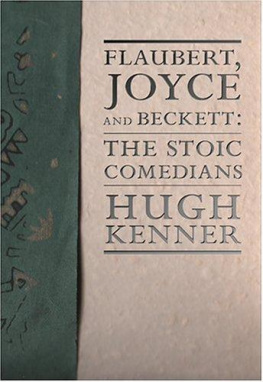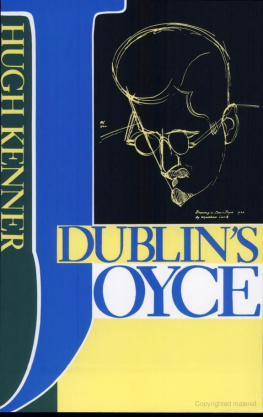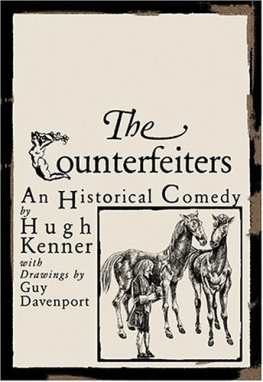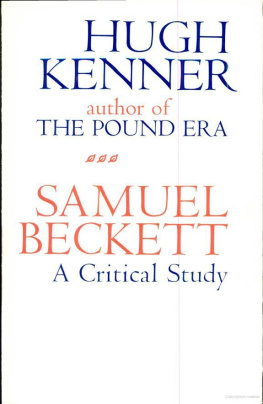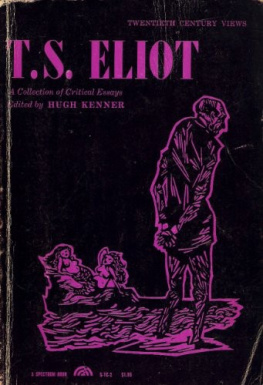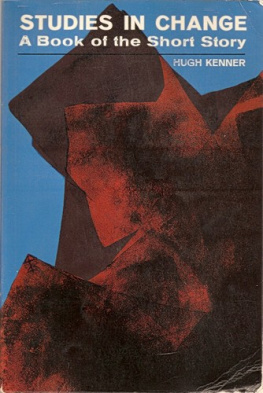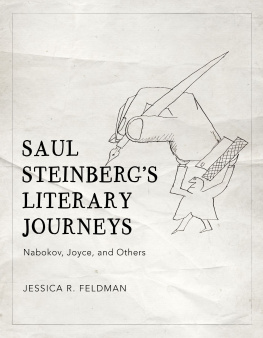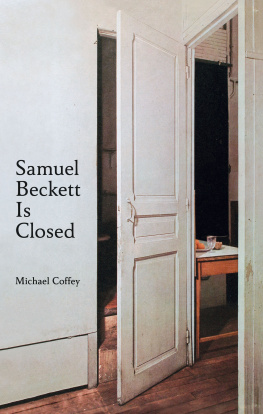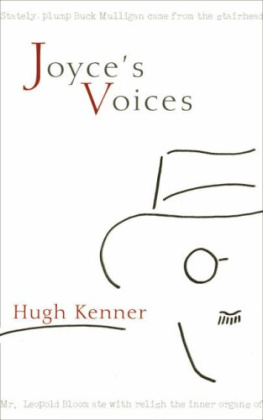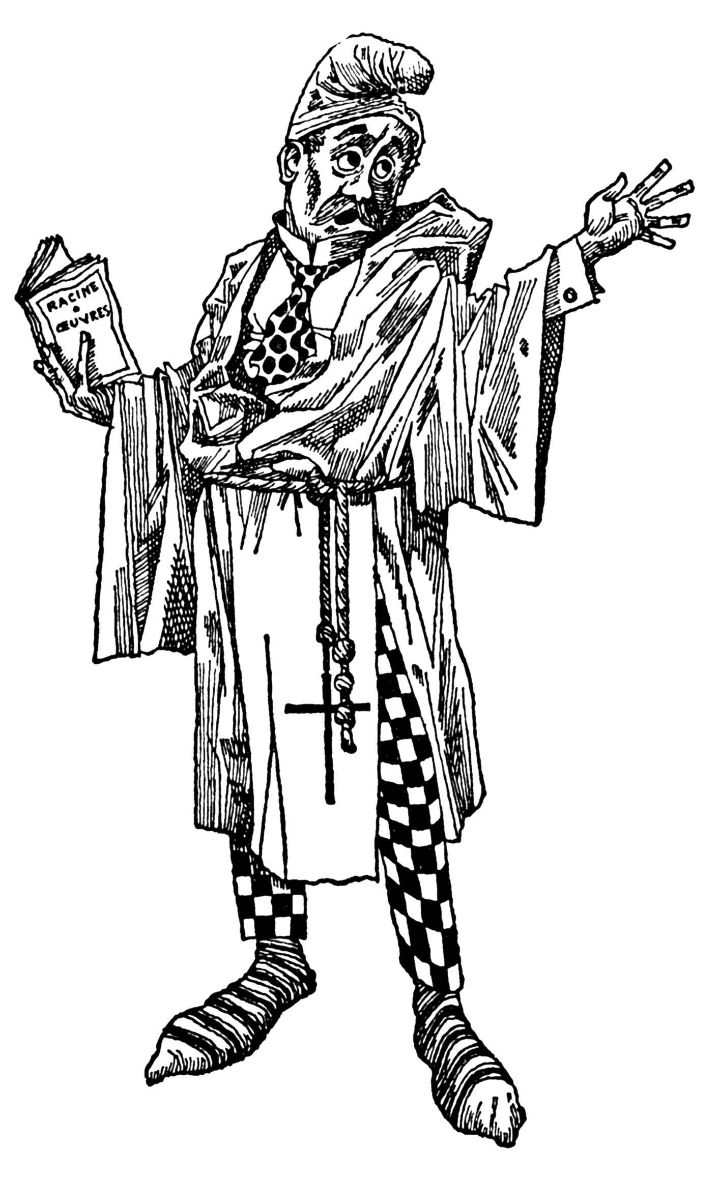Preface
THE STOIC is one who considers, with neither panic nor indifference, that the field of possibilities available to him is large perhaps, or small perhaps, but closed. Whether because of the invariable habits of the gods, the invariable properties of matter, or the invariable limits within which logic and mathematics deploy their forms, he can hope for nothing that adequate method could not foresee. He need not despair, but the most fortunate resolution of any predicament will draw its elements still from a known set, and so will ideally occasion him no surprise. The analogies that underlie his thinking are physical, not biological: things are chosen, shuffled, combined; all motion rearranges a limited supply of energy. He has been typically, at typical points in history, an ethical theorist weighing duty against preference without extravagant expectations, a hero aware that in defying the gods he yet fulfills their will, a gambler calculating odds, a proponent of the Second Law of Thermodynamics, and in our time a novelist filling four hundred empty pages with combinations of twenty-six different letters.
It has taken us several centuries to realize how the Gutenberg Revolution transformed literary composition into a potentially Stoical act. So long as writing was the graph of speech, its highly stylized limitations, its nuances synthesized from discrete particles, were tacitly allowed for. Tones, gestures, live inflections, meeting eyes, these cata
-xiii-
lysts for the continuum of dialogue the reader learns unconsciously to supply. Not only was reading for many centuries an operation always performed with the voice, not merely the eye, but writing, even writing for the press, was controlled by the presupposition that these words here chosen would ideally be animated by speech. "Verie devout asses they were...."--five words of Nashe's, and we know that we hear a voice. But by 1926, I. A. Richards found it necessary to labor the point that tone ("the attitude of the speaker to the audience") was one of the components of meaning, for the meaning of printed words had by that time come apart into components which the skilled reader has learned to put back together; and by mid-century a chief occupation of the college classroom had become the effort to persuade eighteen-year-olds, skilled consumers of print for two-thirds of their lives, that there were any kinds of meaning latent. in language except the ones a grammar and dictionary will lock together.
I wonder, by my troth, what thou, and I Did, till we lov'd? were we not wean'd till then?
A student who finds those lines clotted has no difficulty with the following:
On newstands, the new Sunday paper had a clean, uncluttered look (six columns to the page instead of the customary eight), and it was certainly easy to carry home (8 oz. v. the 4 lb. 2 oz. of The New York Times).
Yet the latter passage is virtually impossible to read aloud. It has moved from research through typewriter to printing press without the intervention of the human voice. I copied it, of course, from the issue of Time that happened to be
-xiv-
lying nearest me: the entire issue, ninety-two pages of it, a dense mosaic of factuality behind each atom of which is alleged to stand a researcher's guarantee that justification can be produced on demand. Time, the exhalation of the linotype machine, does not talk, it compresses. Its very neologisms (cinemactor, Americandidly) carry their wit to the eye alone. In its immense success we behold several million readers a week absorbing information from the printed page by solely visual means, deciphering with ease and speed a mode of language over which, for the first time on so vast a scale, speech has no control at all.
This means that we have grown accustomed at last not only to silent reading, but to reading matter that itself implies nothing but silence. We are skilled in a wholly typographic culture, and this is perhaps the distinguishing skill of twentieth-century man. The language of printed words has become, like the language of mathematics, voiceless; so much so that to meet the demands of writing that does imply the movements of a voice is itself a skill, highly specialized and grown increasingly rare. And simultaneously we have begun to encounter much theory concerning language as a closed field. To program a translating machine, for example, you must treat each of two languages as (1) a set of elements and (2) a set of rules for dealing with those elements. These rules, correctly stated, will generate all possible sentences of the language to which they apply, and of this concept the sentences in a given book may be regarded as special cases. It will be objected that this is a strange way to talk about the Gospel according to St. John. It is; and when we talk of a body of specifiable mass describing an elliptical path at one focus of which spins a globe of ionized atoms, that is an equally strange way to be talking of the earth on which we walk.

